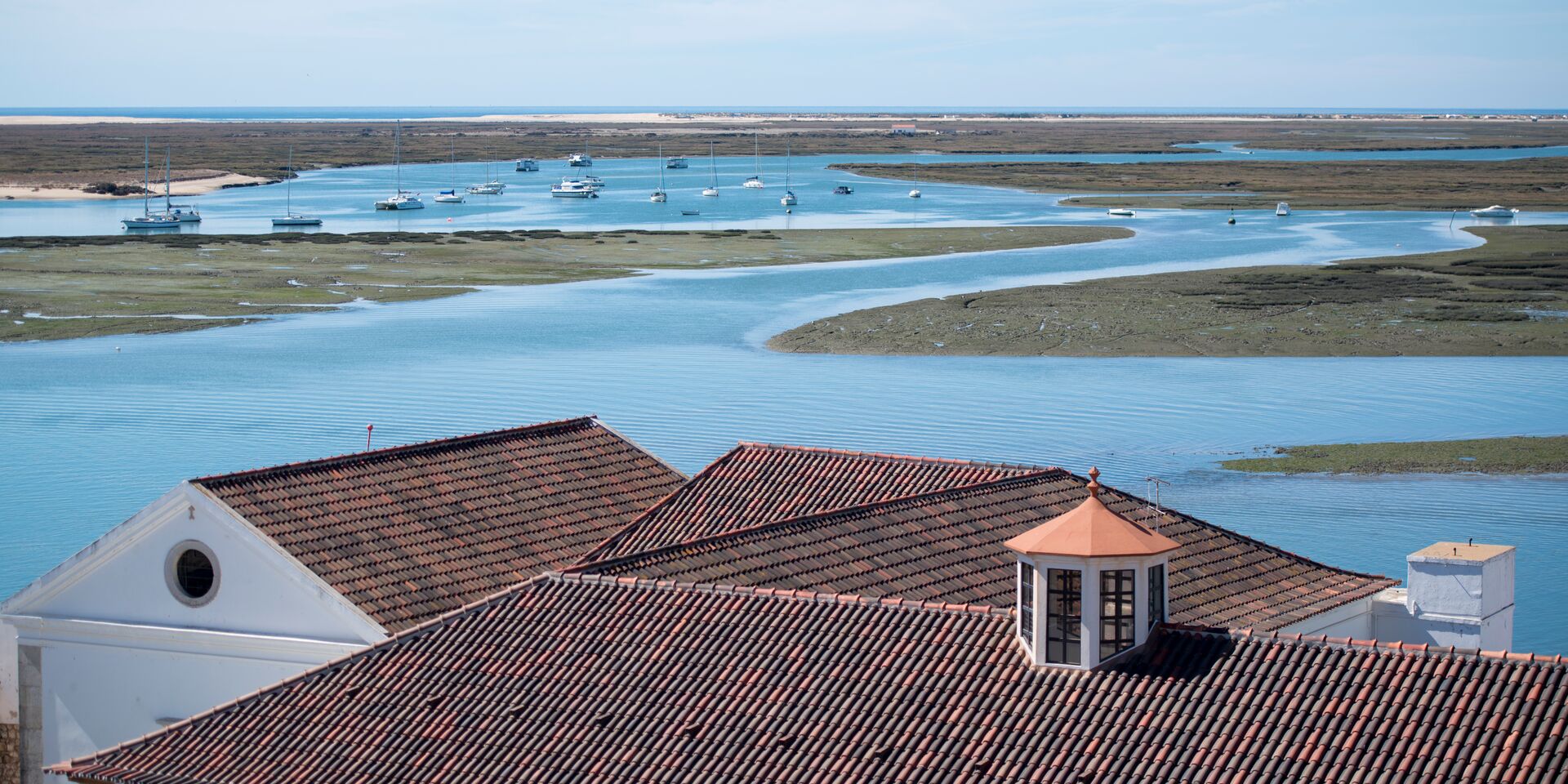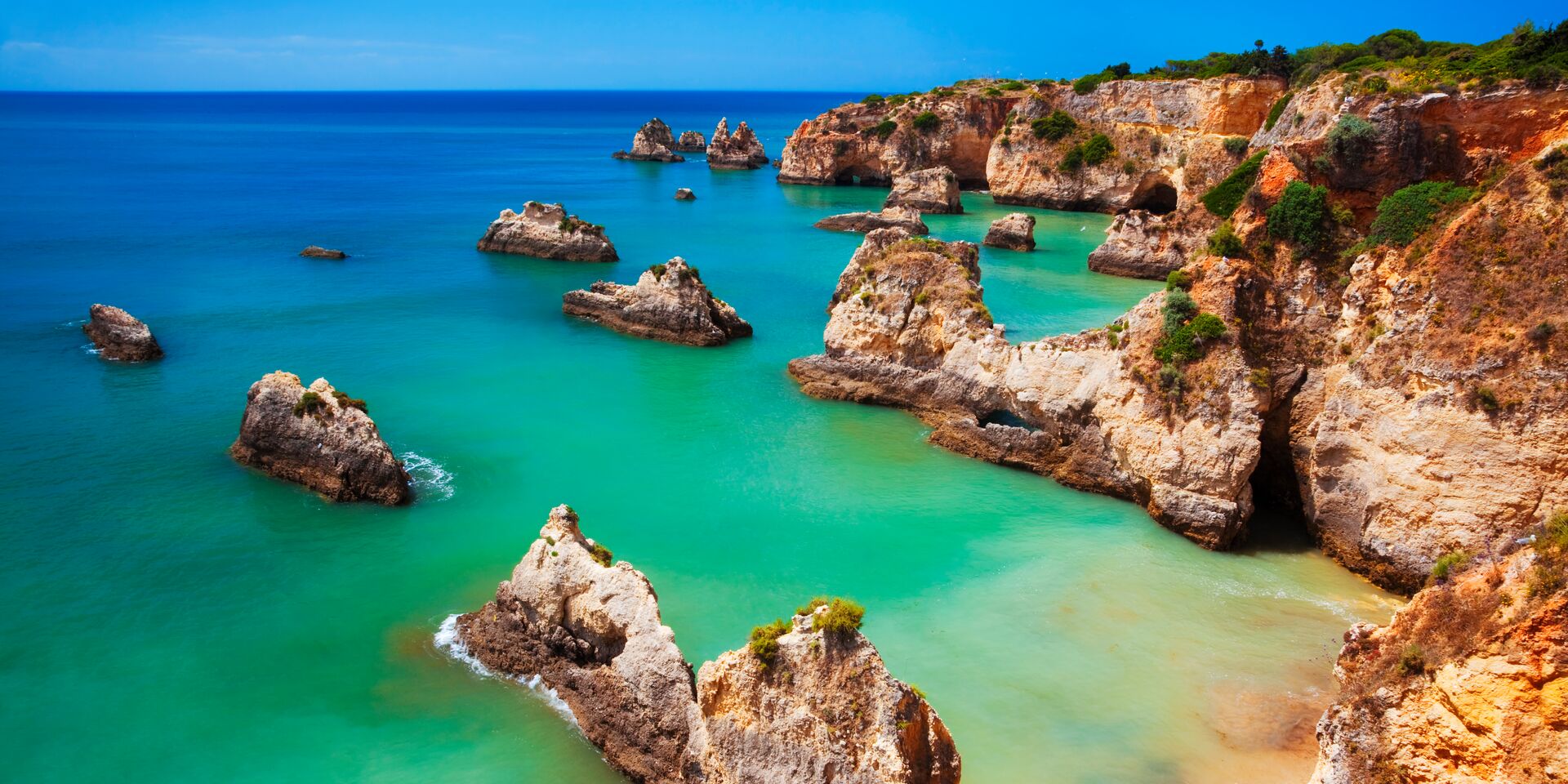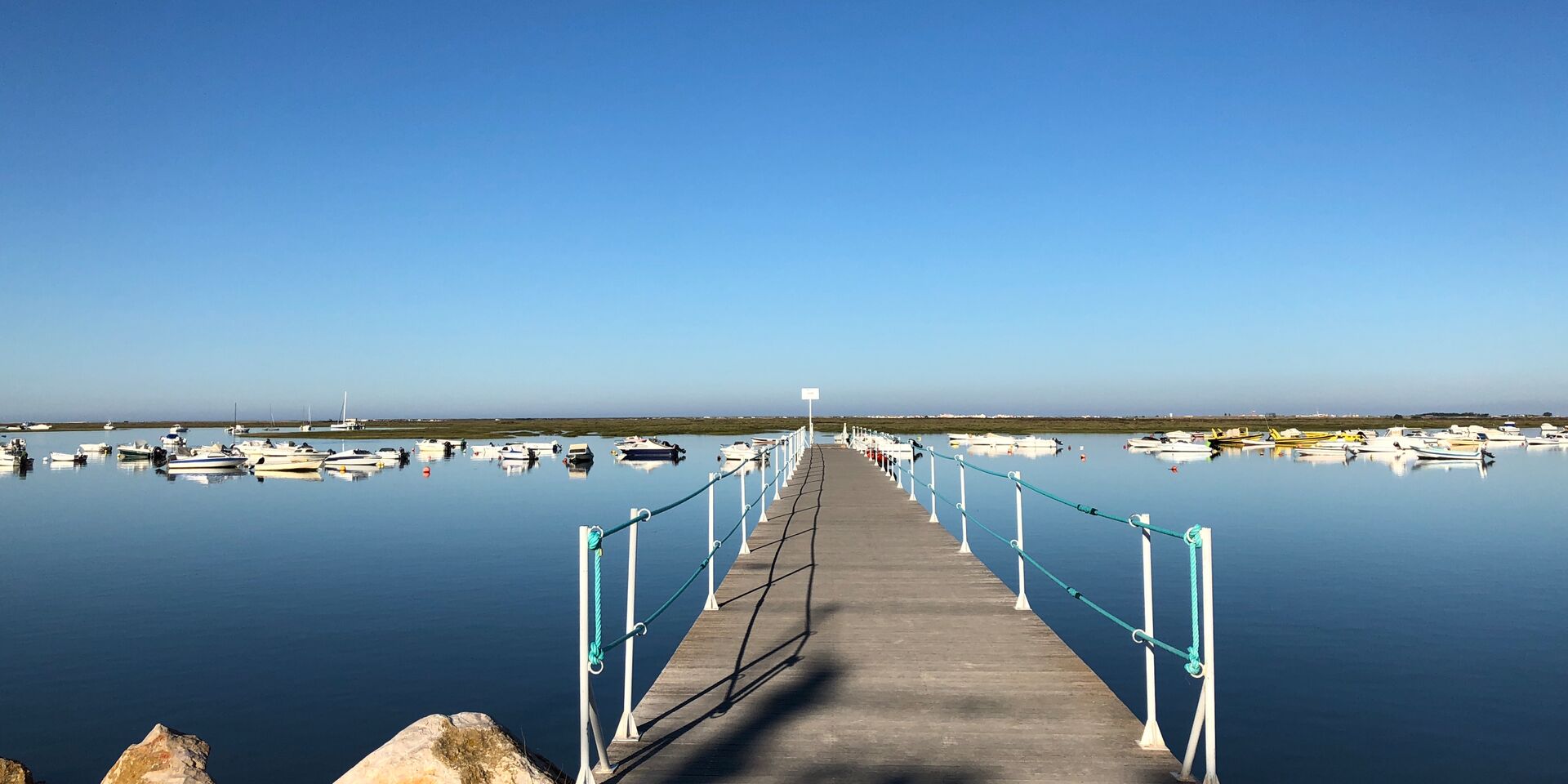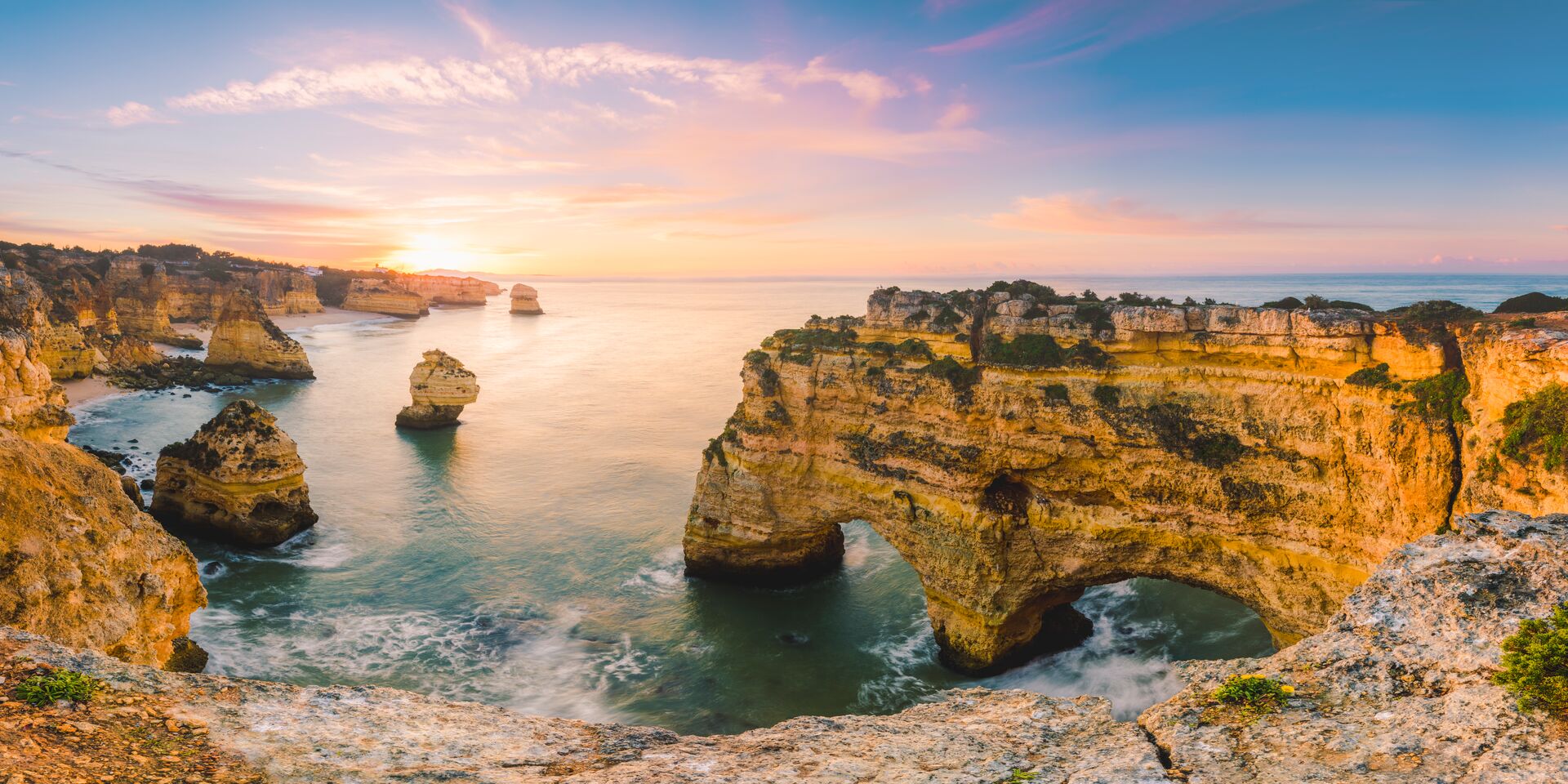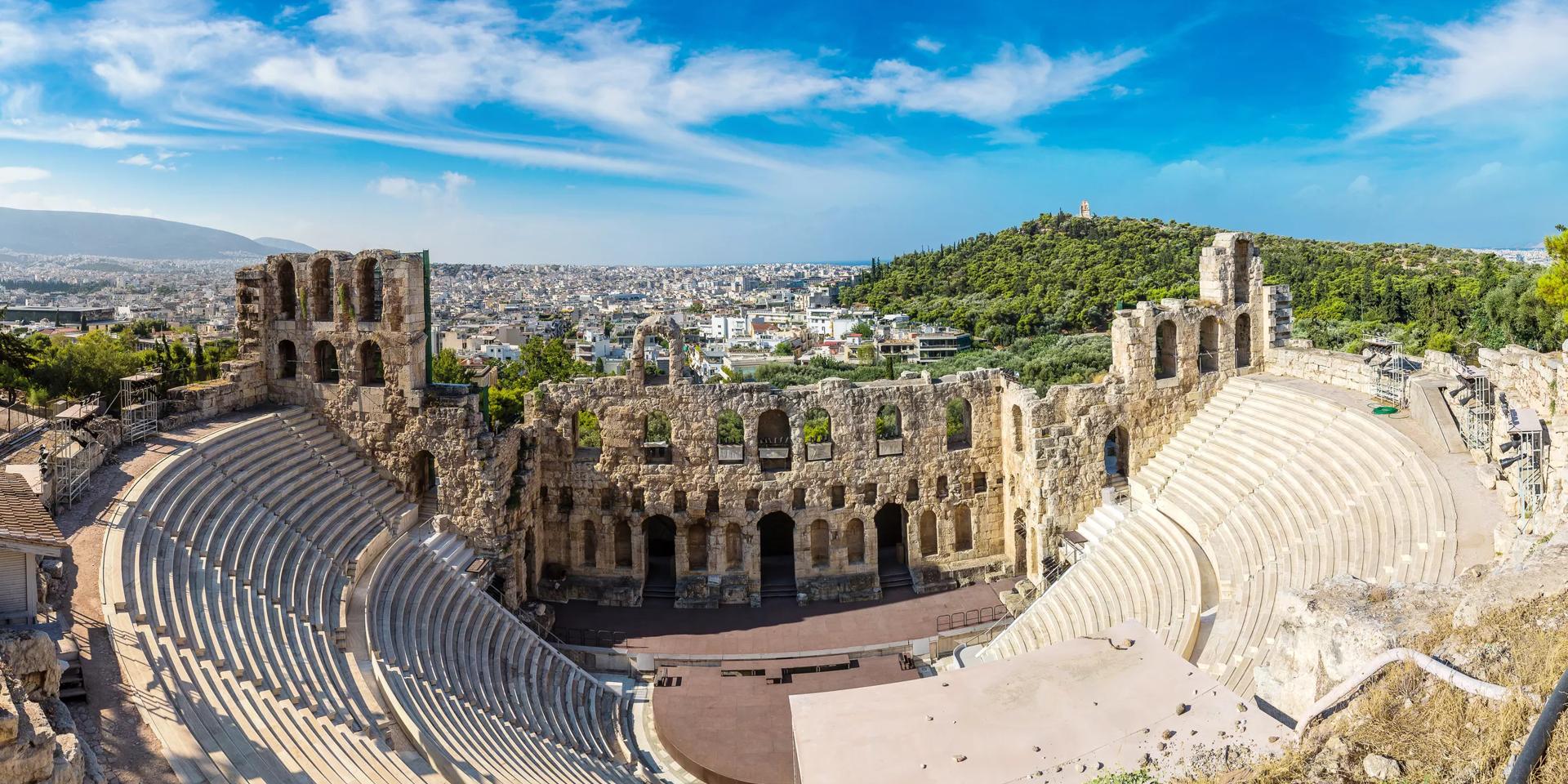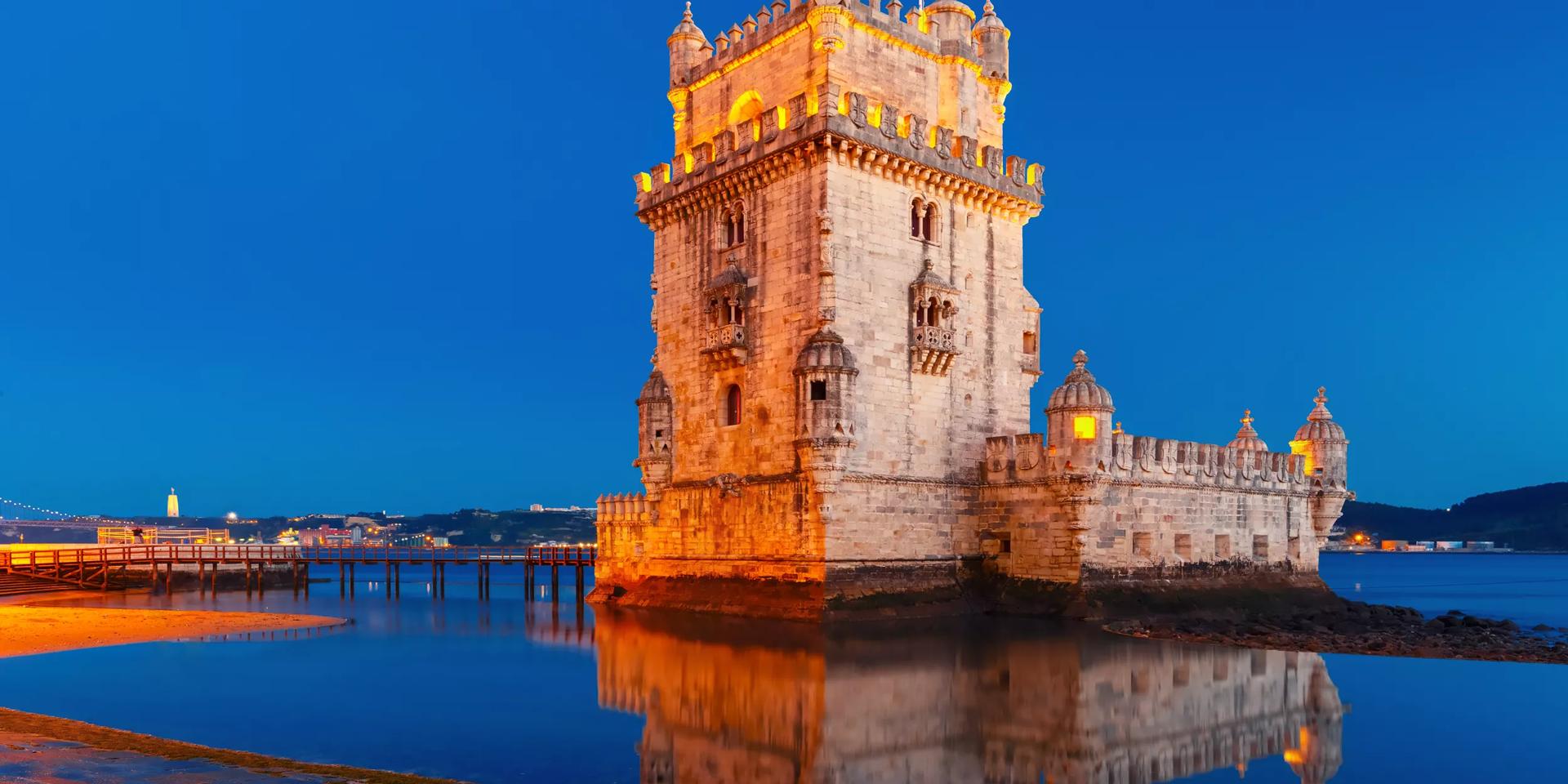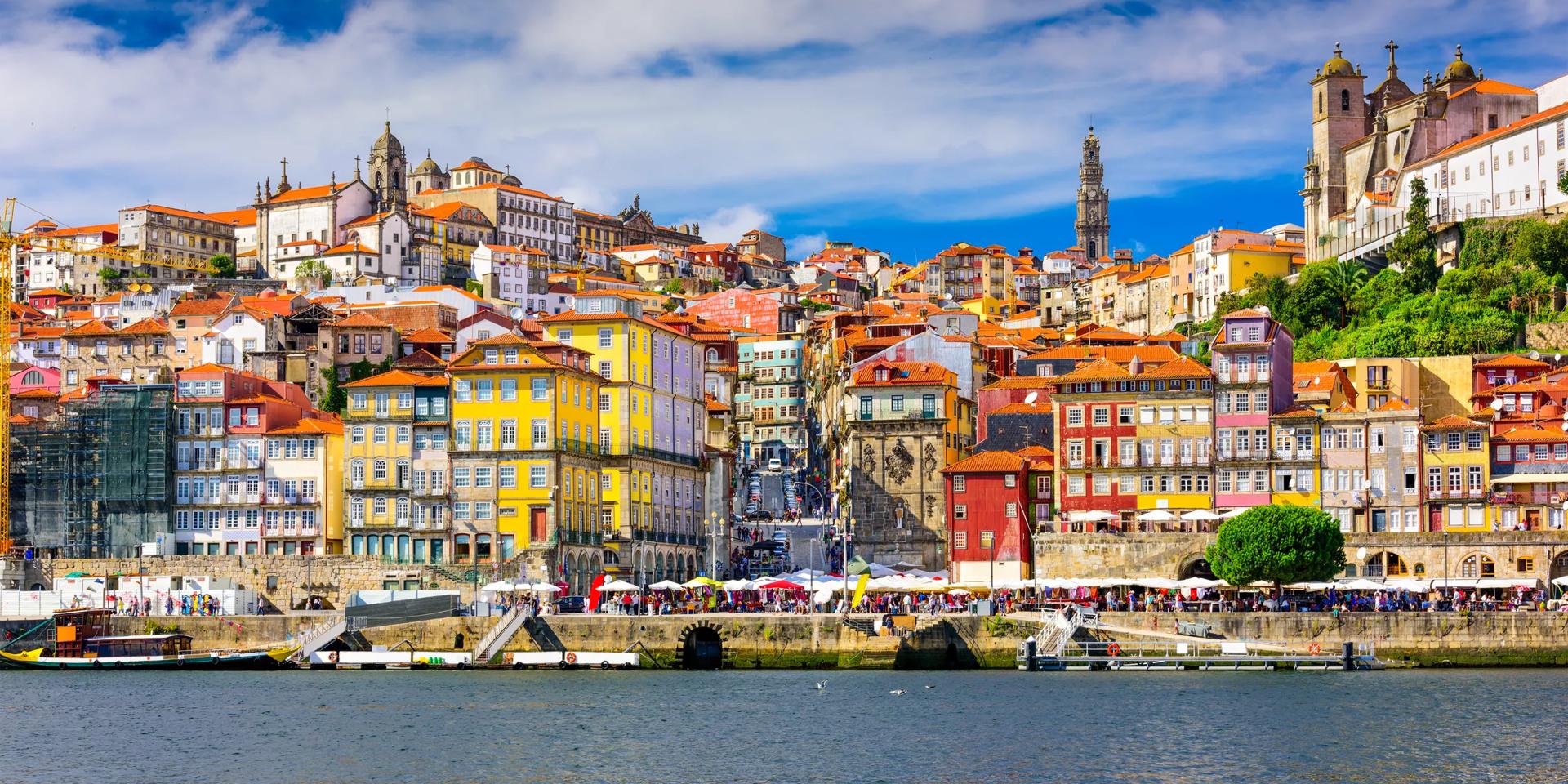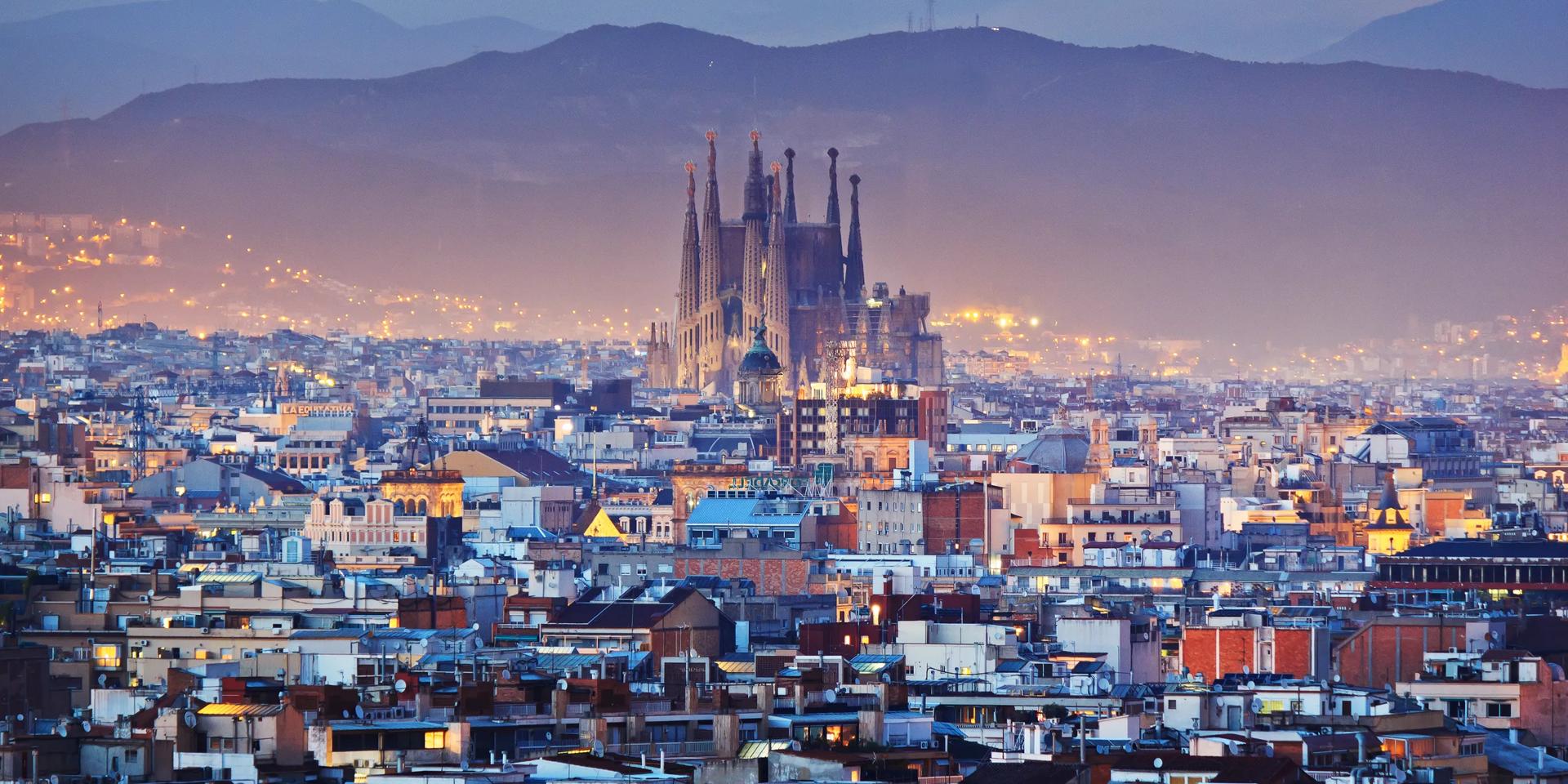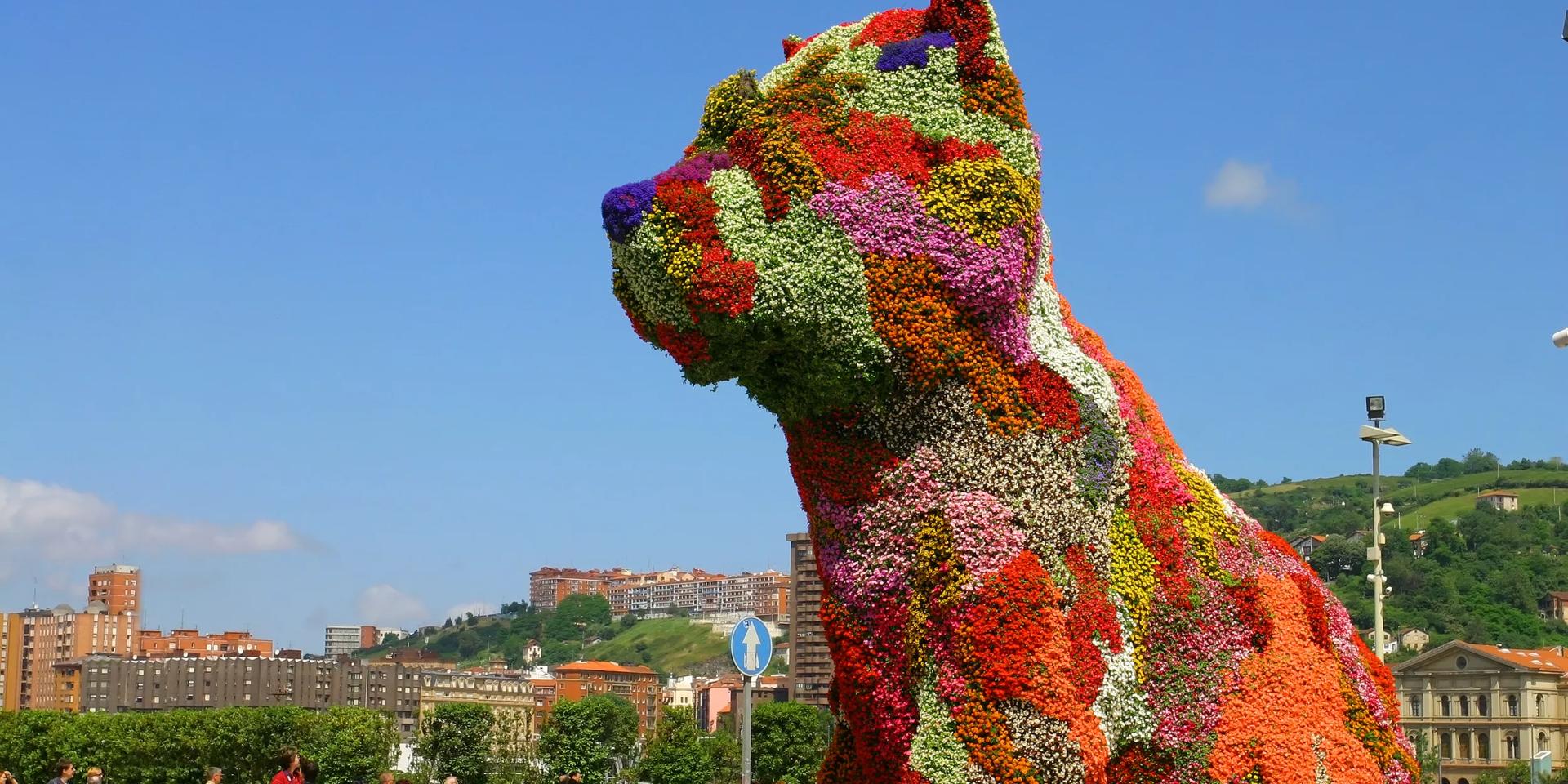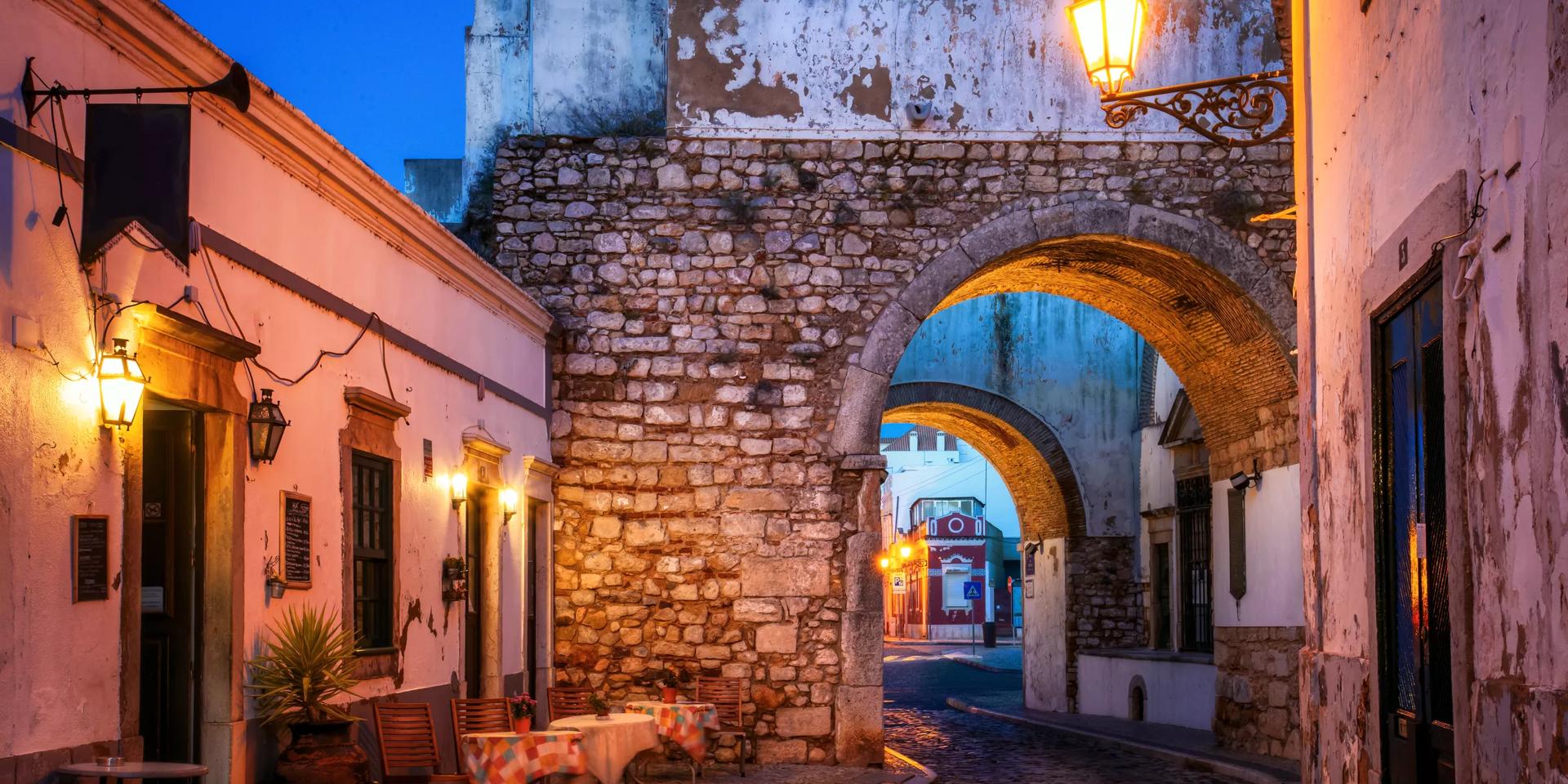
FARO
Faro, gateway to the Algarve
In the far south of Portugal, the Algarve is waiting for you to discover its treasures: enchanting inlets, historic monuments, fishing villages and the unspoiled beauty of the countryside just inland from the coast.
Before you even touch down at Faro, the Algarve excites you with its flamboyant landscape. The aerial view of Ria Formosa, the vast natural park alongside the east coast, is an opportunity to admire the branching lagoons and salt marshes, the wide expanses of sand separating the wetland from the ocean, and the unique blue-green of the water that ripples between islands, rocks and mainland.
Once you are on the ground, Faro, “capital” of the Algarve, offers a break full of light and dazzling colour. Tucked away inside its surrounding walls, the old town has the region’s entire history packed into it. You can admire the Arco da Vila, the colossal gate that gives onto the seafront, and take time to visit the Capela dos Ossos, with its façades completely covered with bones. Stroll through the historic quarter and enjoy the many museums (such as the Municipal Museum or the Algarve Regional Museum). The town centre displays the gentle art of Portuguese-style living, with glimpses of its modernist architecture, cafés whose terraces spill out onto the esplanades and traditional restaurants offering seafood alongside figs, almonds and lemons, symbols of the entire region. From the roof of Faro’s Gothic cathedral, where storks sometimes take up residence, you can enjoy a striking contrast between culture and nature with a view of Ria Formosa and its numerous little islands, not to mention the vast sandy beaches that stretch for miles.
Having spied it from a distance, it is time to go and become better acquainted with the natural park. The beauty of the scenery might almost fade into the background in the excitement of observing so many indigenous species, some unique to this spot. The Algarve is home to about 30,000 varieties of bird, including the pink flamingo, the grey plover, the western swamphen and various families of ibis, while its seabeds are the refuge of one of the largest seahorse colonies in the world.
This coastal region, dominated by the fish and seafood trade, is sprinkled with fishing villages that have retained all their traditional character. Here, the jacarandas lining the roads are bent down under the weight of their scented mauve flowers. Several times a day, a train winds its way along the coast, linking Lagos and Vila Real de Santo António. Taking the train gives you the chance to grasp the essence of the Algarve. The west coast, marked by the era of great discoveries by Portuguese navigators in the 15th and 16th centuries, reveals a landscape where the ocean torments the cliffs, carves out tunnels in the stone, surges into the sea caves of Ponta da Piedade and breaks its waves on Cape Saint Vincent, the farthest south-western point of mainland Europe. The eastern part of the Algarve, for its part, offers a comprehensive overview of the region’s multicultural heritage, which has seen the Romans, Visigoths and Moors each settle here for a time. Tavira, with its architecture typical of southern Portugal, is possibly the city that best expresses this diversity, with its “Roman bridge”, Moorish-inspired buildings, medieval castle and many churches. Welcome to the Algarve!
*All amounts are in JPY. Taxes and surcharges are included. No booking fee is applicable, but a payment surcharge may apply. Prices shown may vary depending on fare availability.
The weather forecast information is provided by World Weather Online. Air France-KLM is not responsible for the reliability of this data.
© Text and photography courtesy of EnVols


